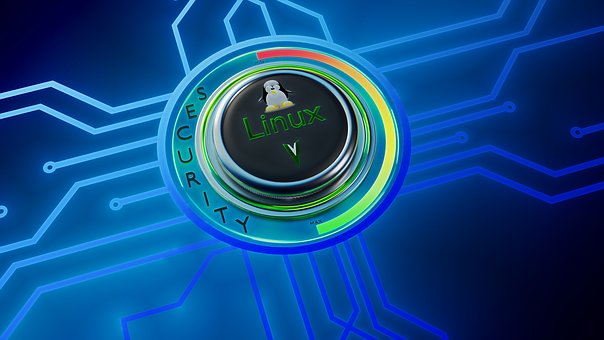Alternatives to CentOS Linux 8

In December 2021, CentOS support ended so the company could focus on CentOS Steam instead. Companies with long-term contracts with CentOS may have had issues converting to another program with such short notice, and if they could not grab one in time, their business faced network security issues, compliance risk, and minimal availability. Fortunately, CentOS 7 is still available until 2024. However, there was no way to upgrade CentOS 7 as a short-term solution for CentOS 8 in the interim.
This article will discuss what CentOS 8 is and alternatives that can benefit your company through their use.
What is CentOS 8, and What Caused it to Be Shut Down?
CentOS 8 was one of various cybersecurity projects launched through Linux as a free and popular option different from Red Hat Enterprise Linux (RHEL). It was an open-source computing platform that supported the community and was compatible with RHEL, with whom they worked separately and together. Released in 2004 as CentOS 2 as a version of RHEL, it sought to improve community engagement between parties with Cento's domains. Upon developing CentOS Steam, however, CentOS 8 faced the termination of development resources that would have kept the services going had CentOS continued to support it. Unfortunately, this decision was made at the last minute, leaving many CentOS 8 users scrambling. The below options were available to companies should they need them.
What Are My Options?
Continue Using CentOS 8 Unsupported
Companies may have the skills and resources required to maintain CentOS 8 support in-house. Should that be the case for your business, continue monitoring for new cybersecurity vulnerabilities, researching network security threats, and investigating how to ensure data and network security. Unfortunately, this option comes with a variety of network security issues and risks:
- Compatibility and Reliability: An operating system encompasses the kernel, associated utilities, and integration with third-party applications. In-house security patching may lead to unintended consequences or incompatibilities that could severely harm the safety of your business.
- Security: cybersecurity vulnerabilities appear daily, and security holes accumulate fast without regular updates and fixes. This can compromise the entire CentOS installation and infrastructure beyond repair.
- Compliance: Security standards stipulate allowable windows for unpatched network security issues. In-house security patching cannot demonstrate conformity to standards and can lose the system compliance status that customer contracts may depend on.
Migrate to a Supported Operating System
 CentOS has historically been derived from RHEL, and each version has a corresponding number. Unfortunately, This link is broken due to transitioning to CentOS Steam, which will receive updates before being incorporated into RHEL services. CentOS 8 cannot be replaced entirely by CentOS Stream; some significant network security issues regarding compatibility are at risk should you decide to make this migration.
CentOS has historically been derived from RHEL, and each version has a corresponding number. Unfortunately, This link is broken due to transitioning to CentOS Steam, which will receive updates before being incorporated into RHEL services. CentOS 8 cannot be replaced entirely by CentOS Stream; some significant network security issues regarding compatibility are at risk should you decide to make this migration.
Small businesses can switch to RHEL with a free licensing option provided to companies with 16 or fewer system installations. Larger companies, however, will not be able to take advantage of these services.
Oracle Linux, AlmaLinux, and RockyLinux are binaries derived from RHEL and compatible with CentOS 8. They offer a simple solution with minimal changes required to package management, tooling, monitoring, and scripts. Non-binary consistent distributions like Debian or Ubuntu will require potentially significant changes to infrastructure elements due to their inherently different architecture. Regardless of the choice, migrating can be risky, so be incredibly careful to avoid as many cybersecurity vulnerabilities as possible upon switching.
Use Third-Party Support to Sustain CentOS 8’s Life Span
Use a third-party support system that allows organizations to use CentOS 8 beyond its termination from RHEL. TuxCare’s Extended Lifecycle Support (ELS) for CentOS 8 provides comprehensive support, including security patching to handle all data and network security issues. This protects against cybersecurity vulnerabilities and eliminates the compliance, security, and availability risks of running an end-of-life operating system. ELS is also significantly faster than vendor support and can be implemented for up to 4 years following the closure of CentOS. This should give any Enterprise sufficient time to plan their migration to the best alternative option.
Final Thoughts on How To Proceed as a CentOS 8 User
While this service is no longer operable, making the best, safest decision possible when figuring out where you will transfer your company’s system is incredibly important. Using unsupported CentOS 8 postpones the stress of switching but could introduce various network security issues. Migration could take a long time and exploit cybersecurity vulnerabilities. Using a third-party service to maintain CentOS is faster and probably safer than the other options described. Be sure to consider all your options before deciding how to proceed with your data and network security.


















